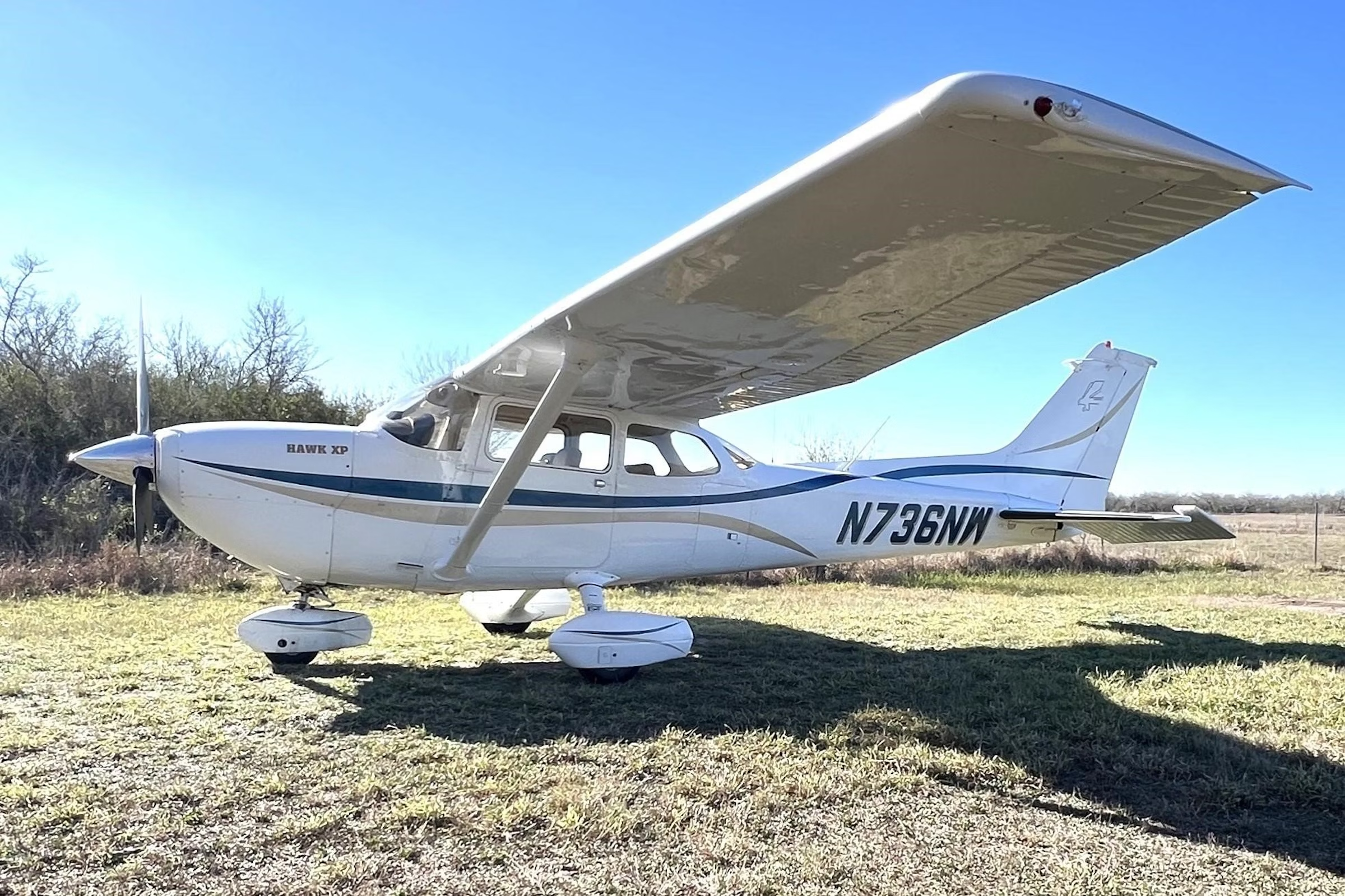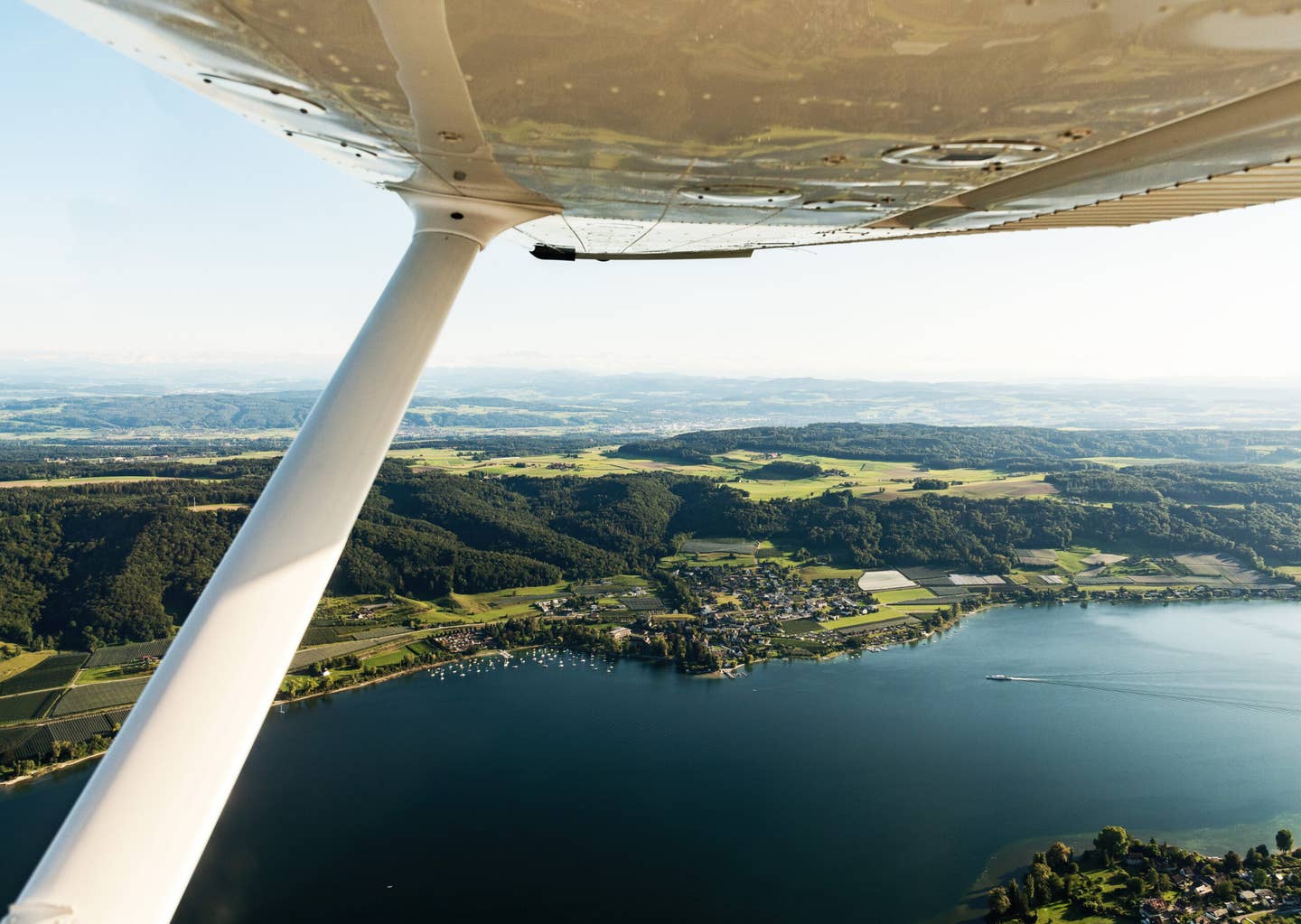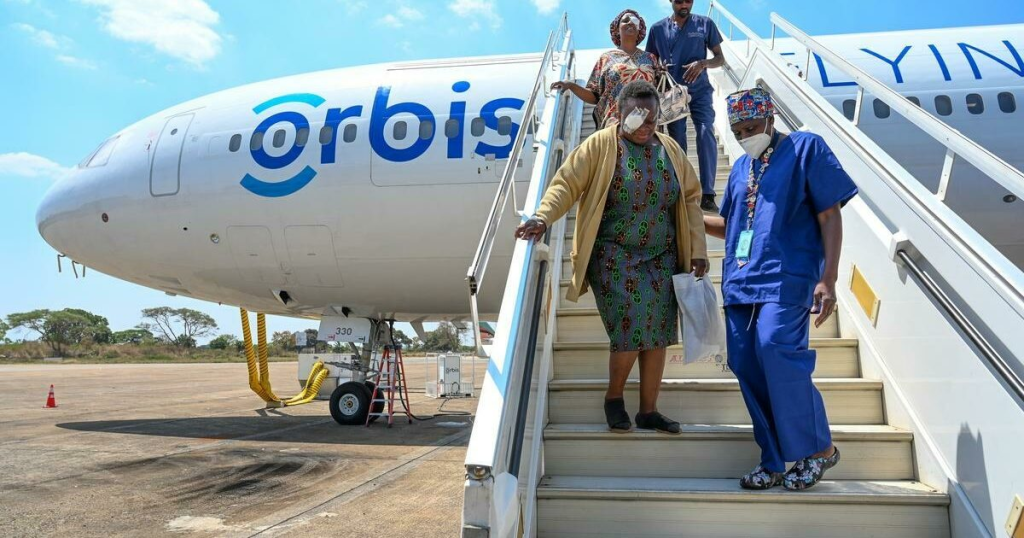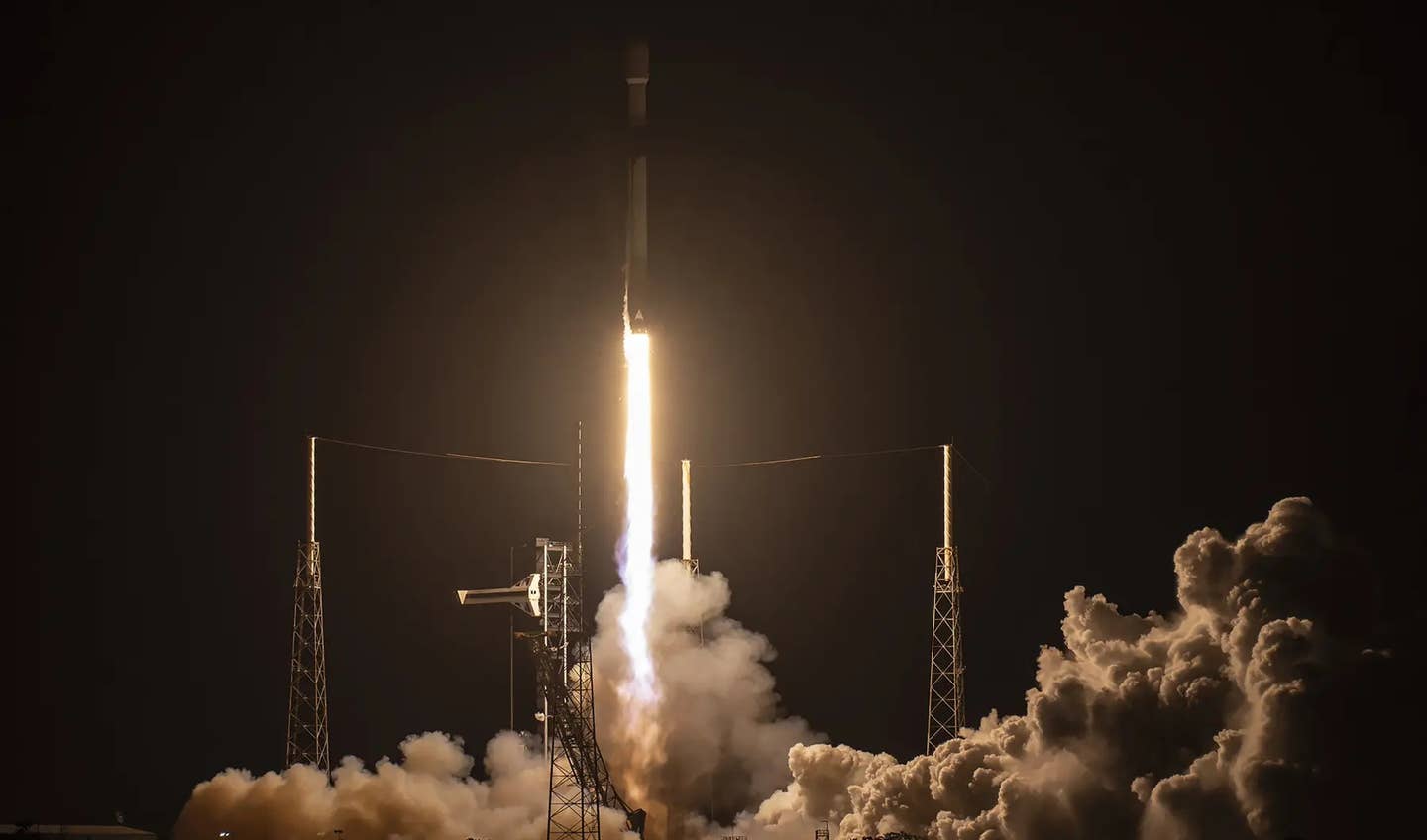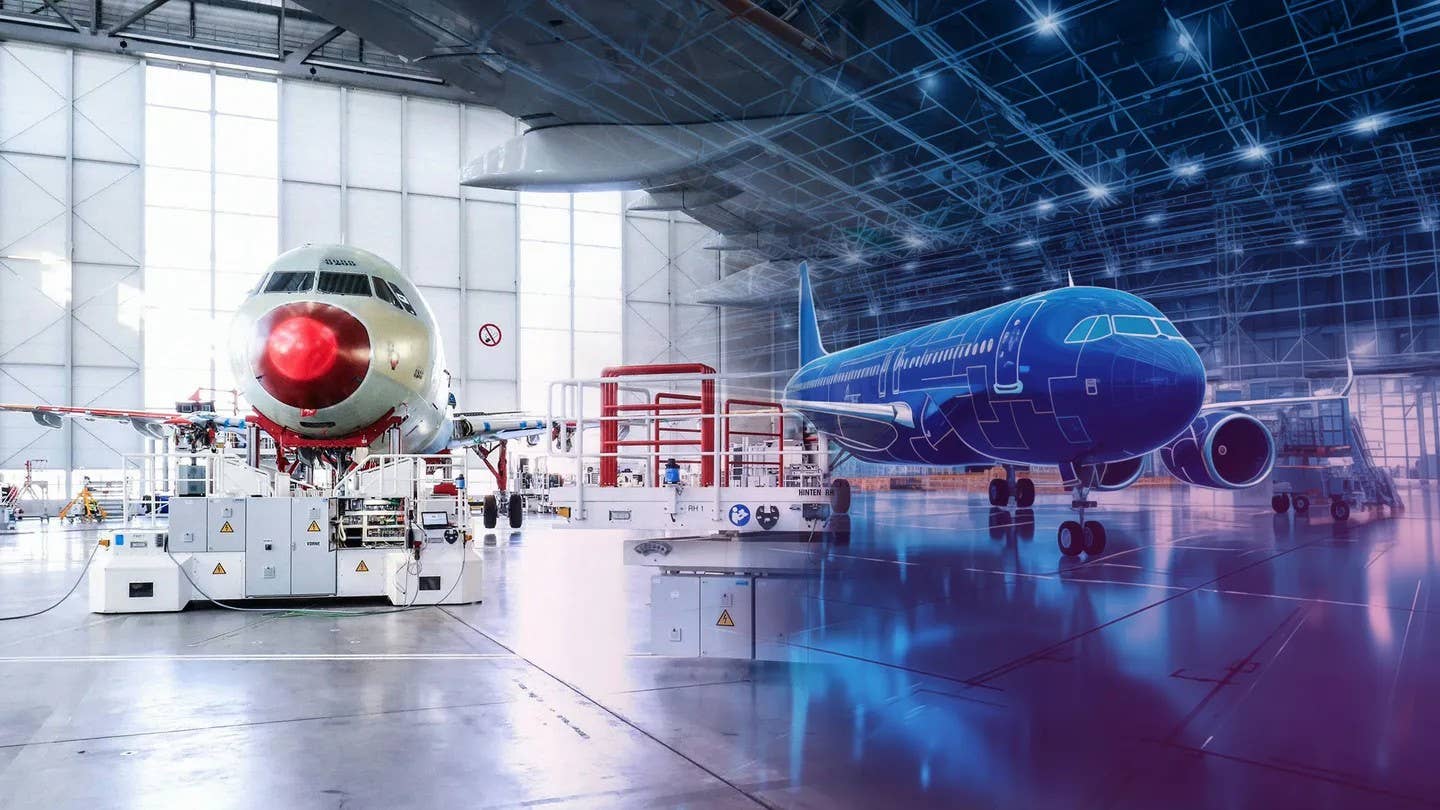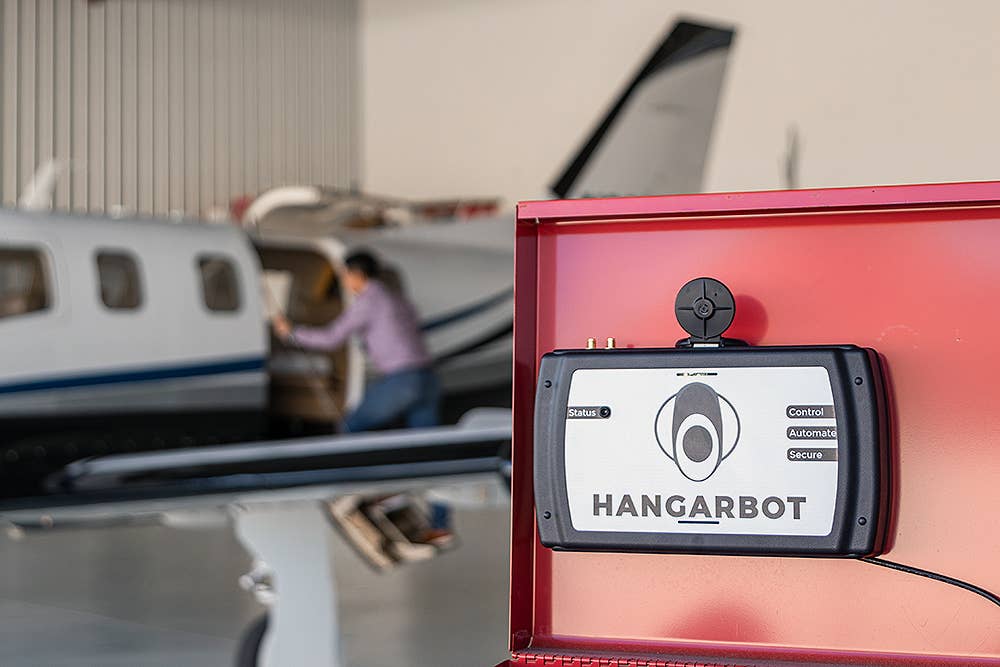
HangarBot was created after a type of discussion that we’ve all had. HangarBot
Morgan Walker, the president of Lynk Remote Technologies, remembers the state of the hangar industry prior to when the company introduced HangarBot’s products in 2016.
“Hangars were really only dumb metal boxes and that was it. People were not interested in innovating their hangar space, but definitely had no hesitations in decorating it.”
HangarBot products exist to make aviators’ lives easier. For the moment, they’re engaged in engine preheating, door opening, and security solutions.
Friends Helping Friends
A remote controlled door opener was the inaugural solution Walker, an experienced tech entrepreneur, crafted. It was actually the byproduct of a post-flight conversation with a friend. The two pilots wondered whether there was an easy way to open a hangar door from the aircraft after taxi, or remotely away from the airport if a trusted party needed access.
They didn’t find one, so Walker began to develop a mobile app-controlled hangar remote with simplicity and functionality in mind. After creating what would become known as the HangarBot Door Controller, its commercial viability quickly became apparent.
“Houses at the time were increasingly becoming smarter,” Walker said. More people were beginning to realize the uses and benefits of smart technology. Consequently, there was an opportunity to translate this knowledge and usefulness into the aviation hangar space.
The Status Quo Reality
But Walker thought that hangars, like aviation in general, lacked the innovation that many other products had. While there had been strides in certain aviation arenas, overall, the industry hadn’t been incredibly focused on creating new technologies, he surmised.
Some aspects, like hangars, had largely been untouched throughout their history.
That created a gap between the “status quo reality” of hangars and their future potential. Walker felt that there were a lot of problems within these spaces that many had previously paid little attention to.
For five years, HangarBot has tried to highlight the archaic nature of hangars and present improvements.
The Effort to Convince
“The first two years of our existence, it was challenging to explain the concept of our connected hangar products, including what they could do,” Walker said.
“For instance, we were routinely explaining the dangers of leaving traditional engine preheaters plugged in unattended. Many of the hangar owners were unaware of the potential impact of this practice, as they had been doing it for a while with no issues.
“Overall, there were quite a few misconceptions about engine preheating and still are,” Walker said.
For example, another unwanted side effect of leaving heaters plugged in is the resulting condensation that forms.
“Where the engine heats unequally in the engine compartment and moist air heats up and condenses on the cool parts of the engine [is an area of concern]. This leads to a consistent flow of unwanted water in the engine compartment, which leads to corrosion,” Walker said.
“Some damages include mounting brackets corroding and wire leads corroding, which can cause electrical issues.”
This contrasts with the negative aspects of not utilizing an engine preheating system at all. The dangers of that, of course, are excessive engine wear due to increased friction. And, “Alternatively, driving down to the airport four hours before the flight [to manually preheat] has its own inefficiencies,” Walker pointed out.
As smart products further infiltrated people’s everyday lives, market acceptance toward connected hangar products and their benefits became more common.
How It’s Going
Today, HangarBot products are installed in 40 states. All of their products are in general aviation hangars. T-Hangars account for about 60 percent of the products’ placement and standalone hangars host the rest.
On top of their more convenience-oriented product options, HangarBot offers a security solution that includes a camera system that continually records. The product was created so that aviators can have consistent peace of mind about their plane and hangar.
With the interior and exterior cameras, hangar owners can keep track of routine occurrences while they are away from the airport. Had a friend stopped by to borrow some tools? Had the mechanic completed the maintenance that they said they would prior to your important scheduled flight? These situations and others can be monitored in real time through the cell-service based video feed.
Walker says the device can also speak to the intrinsic pride that most aircraft owners exude. The device allows owners to show someone their airplane anytime, from wherever they are in the world.
As the HangarBot team continues working to integrate their existing solutions into customers’ aviation identities, they see additional ways of simplifying pilots’ lives.
When examining the market at the outset of the door controller’s introduction, Walker was surprised that many hangar owners only seemed to care to decorate these areas. Many felt the extent of their improvements to their aircraft’s space would be beer fridges and an American flag.
But he says that the COVID-19 pandemic helped to drive some of this increased acceptance of smart technology like the kind his company provides.
“More people have wanted to spend additional time at their hangars,” which ultimately brought on questions of what could be.
And that is something that Walker asks himself routinely, as well. And naturally, this leads to seeing what the gap between today and tomorrow is.
Walker says his team has several new products in varying stages of development, including both for retrofit and new build applications.
“Anything that moves, can be sensed, or powered are all perfect candidates for smart technology,” Walker said.
While the number of hangars across the country has “been incredibly hard to calculate,” the company’s best guess (including hangars that are not used for aircraft) is at least 605,000. This leaves ample room for HangarBot products to be included in more aviators’ spaces and contribute to the continually evolving “hangar experience.”

Sign-up for newsletters & special offers!
Get the latest FLYING stories & special offers delivered directly to your inbox

